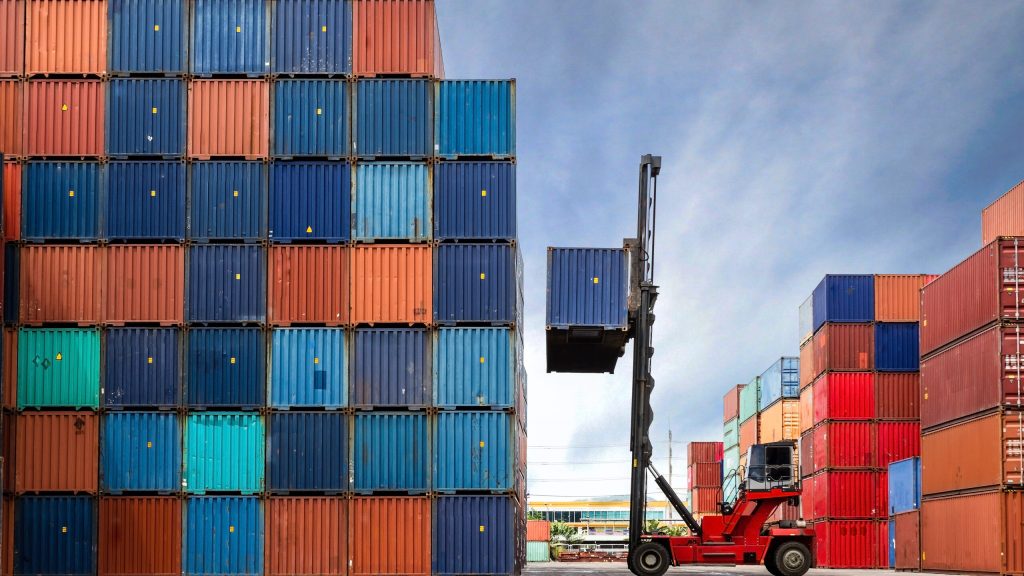Ontario introduces $400M taxpayer-funded ‘carbon trust’ plan
Posted November 28, 2018 11:48 am.
Last Updated November 29, 2018 5:58 pm.
This article is more than 5 years old.
Ontario’s much-anticipated climate-change plan commits to meeting Paris Agreement targets by 2030 through a range of measures that include establishing a fund to spur private investment in clean technologies and imposing performance standards on large emitters.
The Progressive Conservative government’s plan, unveiled by Environment Minister Rod Phillips on Thursday, will see the province spend $400 million over four years on the taxpayer-funded Ontario Carbon Trust to partner with the private sector on green technologies.
It will also consult with industry members to develop performance standards for large emitters.
“It’s a plan that makes a clean break from the status quo, and it’s a plan that balances a health environment and a healthy economy,” Phillips said. “Our plan will encourage individuals, families and businesses to take greater ownership of our shared environment while we work toward those shared objectives.”
Phillips emphasized that the plan — which replaces the previous Liberal regime’s cap-and-trade system — does not impose a price on carbon. The Tories said repeatedly during the spring election campaign that a carbon pricing system, which is a federal requirement, makes life unaffordable for families.
The Ontario Carbon Trust will include a $50-million “reverse auction” that encourages businesses to bid on government contracts awarded based on the lowest cost per tonne of greenhouse gas emissions.
The Carbon Trust appears to be a model similar to Australia’s Emissions Reduction Fund to address climate change. That system provides taxpayer-funded incentives to businesses, farmers and land holders to adopt environmentally friendly practices and technologies, but critics say it has allowed emissions to rise.
The climate plan will also establish an independent board to work with the private sector to identify projects that will reduce emissions.
The province also plans to encourage greater use of electric vehicles, compressed natural gas in trucking and increased levels of ethanol in gasoline.
It will also undertake an assessment of climate change’s impacts on Ontario.
Under the Paris Agreement, targets were set to reduce emissions by 30 per cent below 2005 levels by 2030. For Ontario, that would mean a reduction in emissions from 161 megatonnes to 143 megatonnes by 2030.
Phillips said Ontario is eight per cent away from meeting that target.
“The plan we have presented today, is a sensible, achievable approach to do that,” he said.
The Paris Agreement commits to keeping the increase in global average temperature to below two degrees Celsius.
Prior to the announcement, Federal Environment Minister Catherine McKenna said she was skeptical about the Ford government’s climate plan.
“It is very disappointing that the Ontario government thinks the best way to fight climate action so far is taking us to court to fight putting a price on pollution and making polluters pay,” McKenna said.
Ford has vowed to fight any move by the federal government to impose a carbon tax on provinces, launching a court challenge earlier this year.
In September, Ontario’s environmental commissioner criticized the Tories for dismantling cap and trade without putting in an effective climate change program to replace it.
Dianne Saxe said the government’s decision could reverse the progress Ontario has made in cutting greenhouse gas emissions over more than a decade.
Environment Minister Rod Phillips unveiled the plan Thursday at the Cold Creek Conservation Area in King, Ontario. Watch below.
Here are some of the plan’s highlights:
PARIS AGREEMENT TARGETS: The province commits to reducing its greenhouse gas emissions to 30 per cent below what they were in 2005 by 2030, which aligns with targets under the Paris Agreement. That means bringing down emissions to 143 megatonnes, compared with the current 161 megatonnes.
ONTARIO CARBON TRUST: The government plans to create a $400 million fund that will use public money to spur private investment in clean technologies. That includes a $50 million “reverse auction” that encourages businesses to bid on government contracts awarded based on the lowest cost per tonne of greenhouse gas emissions.
NO CARBON PRICING: The plan does not put a price on carbon, which was the approach used by the previous government and required by Ottawa. Premier Doug Ford has vowed to fight carbon pricing in any format, saying it makes life unaffordable for families.
IMPACT STUDY: The government pledges to undertake a provincial impact assessment to identify where and how climate change will affect communities, infrastructure and the environment. The findings would influence future decision-making.
FUEL CHANGES: The province hopes to reduce emissions in part by encouraging greater use of electric vehicles, compressed natural gas in trucking and increased levels of ethanol in gasoline.










